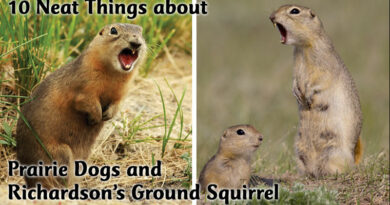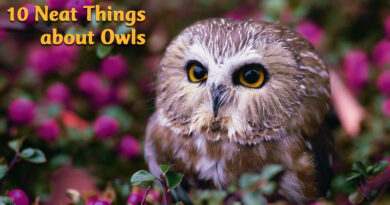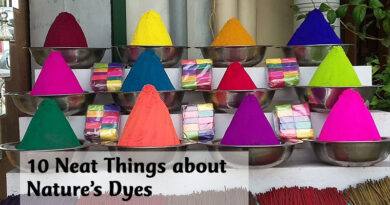Captivating caterpillars
By Sharon Moffat
There is often nothing more upsetting to a gardener than to stroll out into the garden to admire its beauty only to find that a plant or entire grouping of plants has been devoured. Often the culprit is found to be a caterpillar or even a large grouping of caterpillars. While some will damage small areas of a plant, others don’t seem to stop feeding until there is nothing left of the plant in question. Caterpillars come in all sort of sizes and colours. Some are smooth bodied, some have a few hairs, and others are completely covered in bristly hairs or large spines. Their shape though, is generally the same in all species and most commonly referred to as “worm-like”.
All caterpillars are the larvae of butterflies or moths and are found in the insect order called Lepidoptera which means scaled wings. Butterflies and moths all undergo complete metamorphosis consisting of four life stages: egg, larva, pupa and adult. Insects in this order are some of the most familiar types of insects to people young and old. It is increasingly common to find classrooms with rearing cases containing caterpillars or pupae. The most common being our beloved monarchs, but also other butterfly species.
There are no easy ways to distinguish between the caterpillars of butterflies and moths. There are caterpillars of each that are quite destructive to plants and conversely some that are light feeders that cause tolerable damage. The biggest difference in gardener’s tolerance between butterfly and moth caterpillars is often what type of adult the caterpillar will turn into.
Monarch caterpillars are likely the most acceptable given their ecological importance. Given their sole food source is milkweed, which has traditionally been thought of as a weed and is primarily grown in gardens specifically to be food for monarchs, most gardeners would be very happy to see the pretty caterpillars happily munching on their plants. It also doesn’t hurt that the distinctive adult monarch butterflies are very attractive with their large orange and black wings.
On the other hand, cabbage butterflies are quite pretty and delicate looking with their white or light yellow wings. But ask most vegetable gardeners whether they are happy to see the smooth green caterpillars indiscriminately devouring any or all of the cabbage family plants in the vegetable patch and you will likely hear a unanimous no!
Cankerworms and forest tent caterpillars can be very damaging to deciduous trees and many shrubs. They aren’t particularly attractive caterpillars or adult moths and they also leave behind a type of webbing that most people find quite unpleasant. Add the fact that they are often found in very large numbers, and it is understandable that these caterpillars are not well tolerated by most people.
Spiny elm caterpillars can be equally damaging to elm trees and as they are gregarious feeders. They can be quite alarming when they occur, but once people are familiar with the large and very attractive mourning cloak butterflies they turn into, they usually feel much more accepting of the large spiny caterpillars feeding on their trees.
And who can resist the cute woolly bear caterpillars and their mythic powers of predicting winter weather. Most people feel very accepting of them as they are never too destructive to any one particular garden plant and they have teddy bear-like furry bodies.
Many caterpillars can be thought of as good or bad but it often more useful to look at the big picture and their place in the environment overall. h
Sharon Moffat has a Plant Science degree from the University of Manitoba and has worked for the City of Winnipeg’s Insect Control Branch for the last 24 years.




